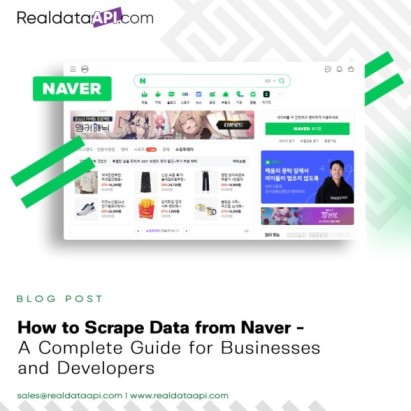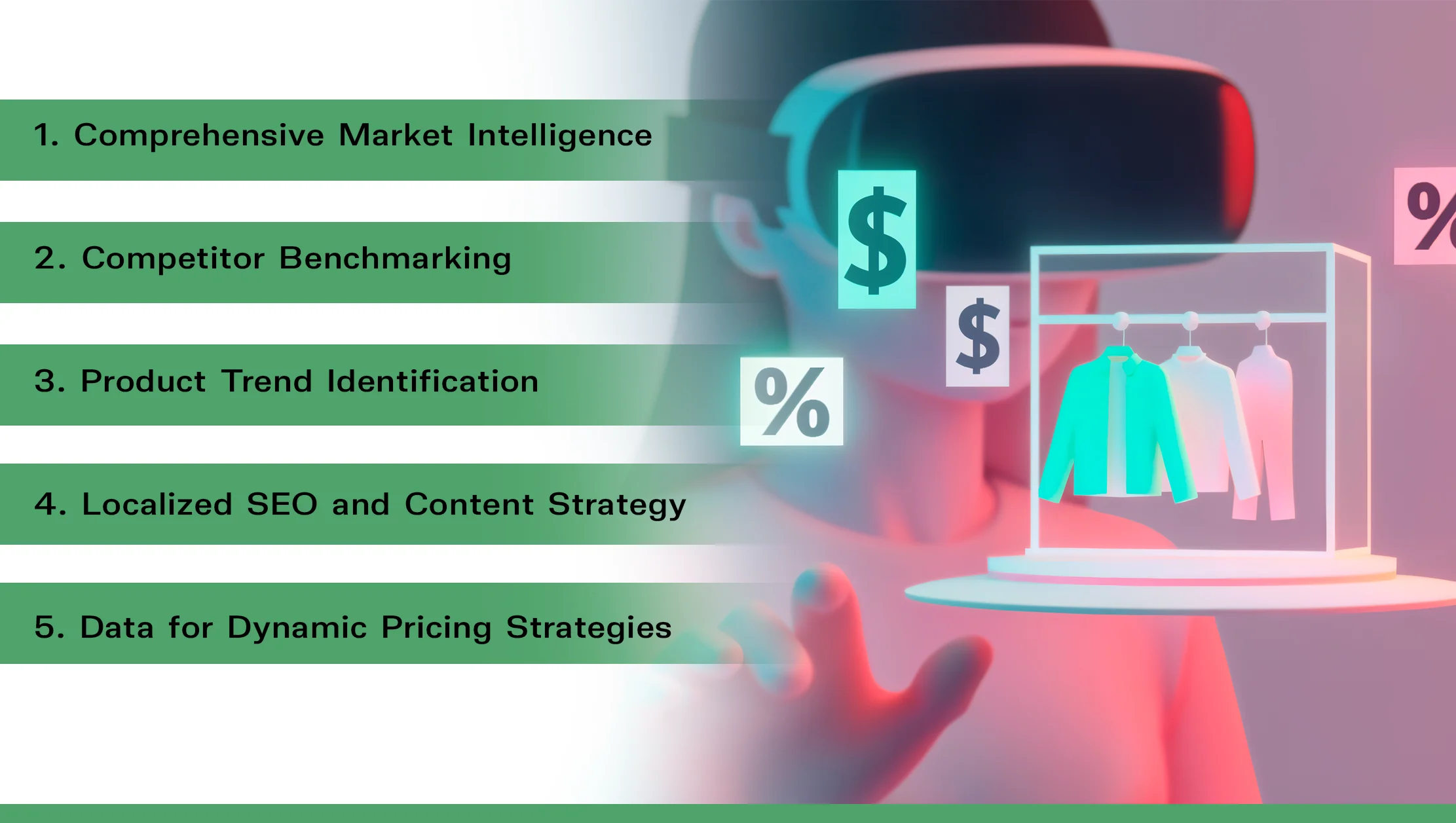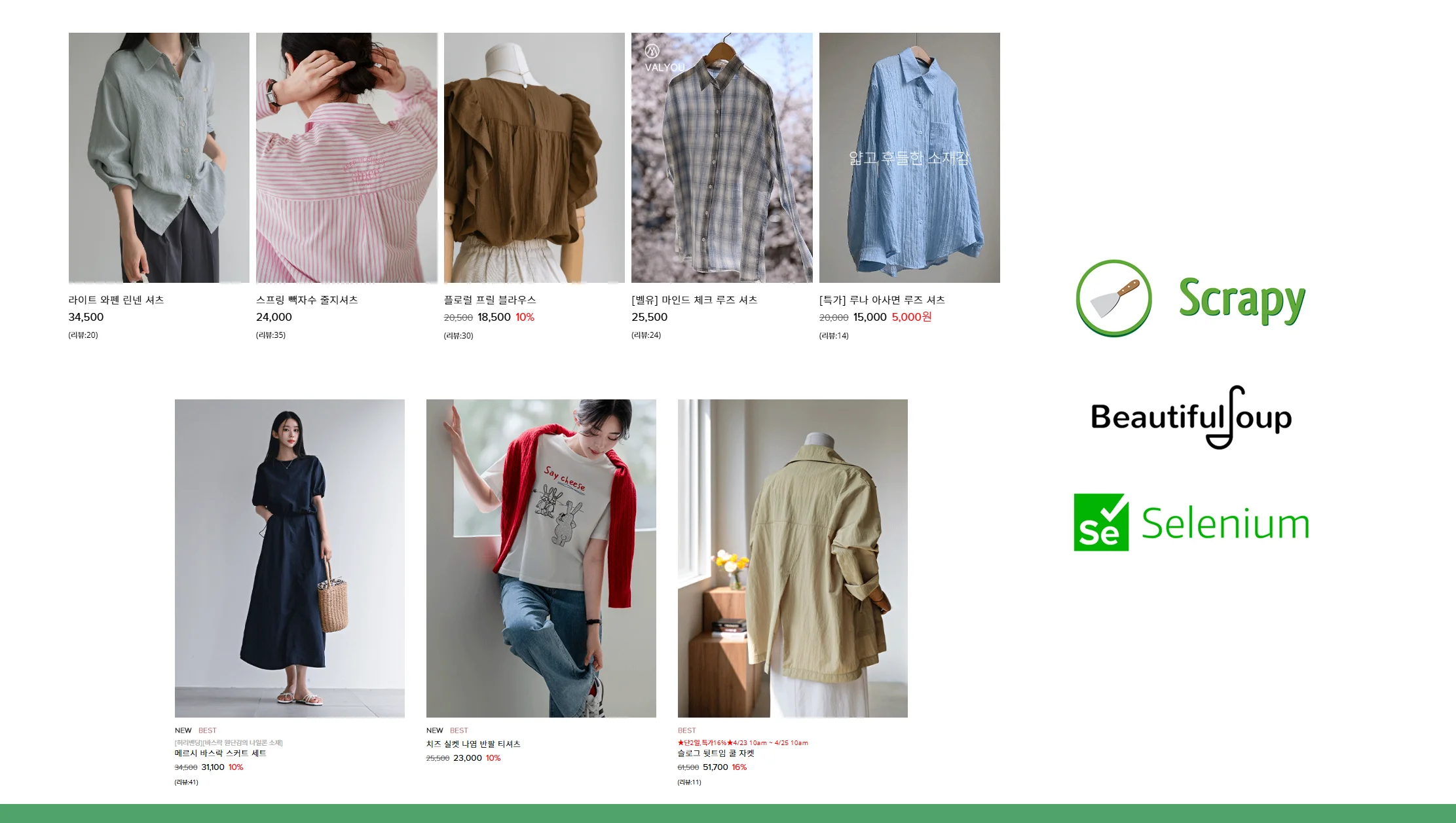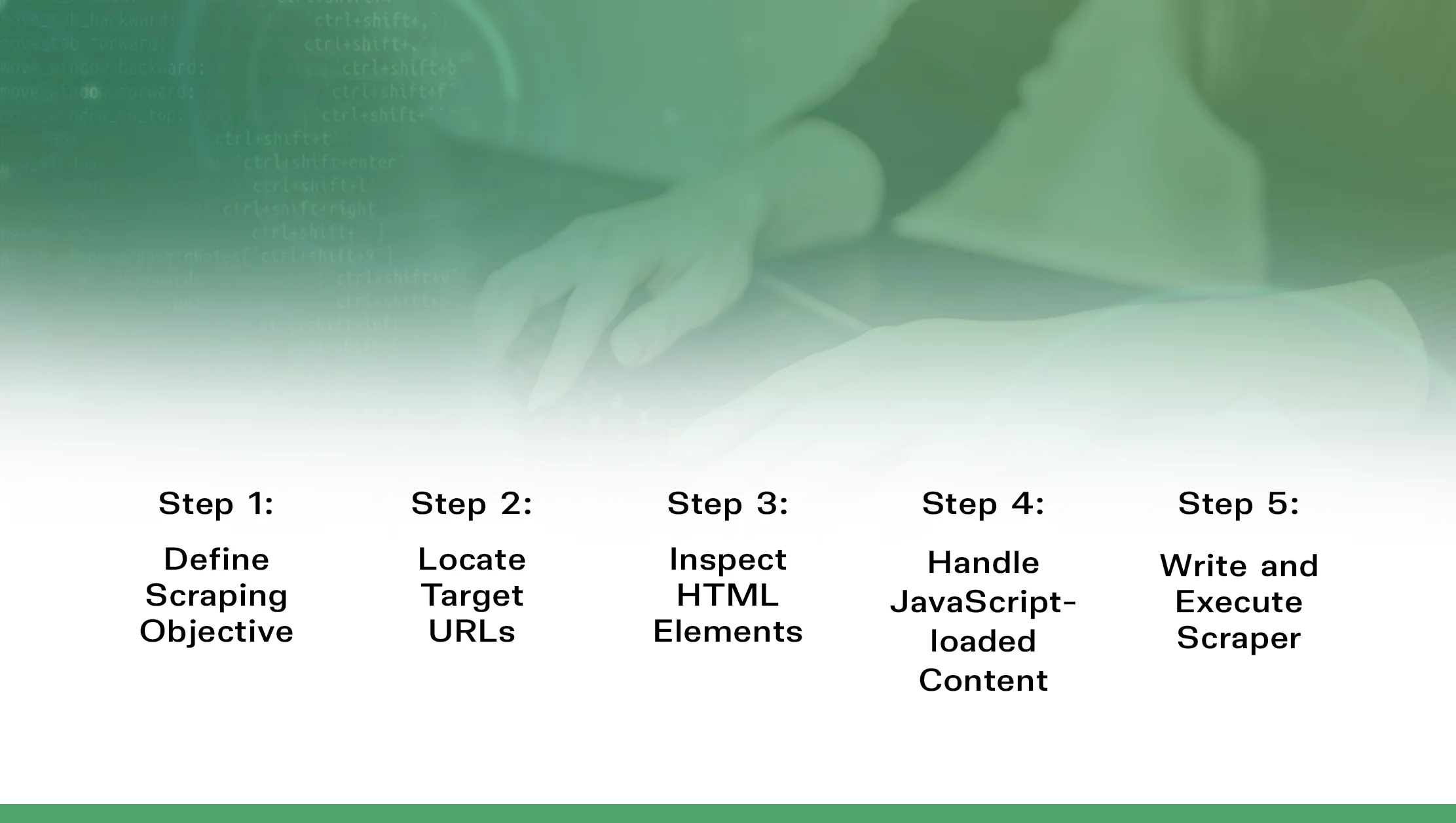


Discover how a market research firm leveraged Web Scraping Naver Smartstore Data to uncover real-time consumer trends and insights across South Korea.
In today’s data-driven marketplace, information is power. For companies expanding in the South Korean market or analyzing trends from East Asia, tapping into the vast content available on Naver is a strategic necessity. Recognized as the dominant search engine and e-commerce platform in South Korea, Naver offers unmatched access to real-time data including product listings, user reviews, blog content, and keyword trends. Businesses, developers, and marketers can unlock valuable insights and drive intelligent decisions by leveraging Naver Data Scraping Services to accurately and efficiently scrape data from Naver.
Naver is often dubbed the “Google of South Korea.” It is a multifaceted digital platform offering services that span search engines, online shopping, blogs, maps, news, and more. Naver’s shopping portal, Naver Shopping, is a crucial hub for e-commerce, providing millions of listings across various categories such as electronics, fashion, cosmetics, and groceries. Extracting and analyzing Naver product data collections can empower businesses with deep insights into Korean consumer preferences, product trends, and price sensitivity.

1. Comprehensive Market Intelligence
By extracting data from Naver Shopping, blogs, and news, you can gain comprehensive insights into what Korean consumers are searching for, buying, and reviewing. Scraping data from Naver helps track keyword popularity, user engagement, and product interest.
2. Competitor Benchmarking
Stay ahead of your competition by utilizing Naver data scraping services to monitor competitor pricing, promotional campaigns, customer reviews, and product visibility.
3. Product Trend Identification
Use Naver product data extraction to determine which products are rising in popularity. Extracting this information helps with product development, procurement planning, and inventory optimization.
4. Localized SEO and Content Strategy
Understand what type of content performs well on Naver blogs and search engines. This insight helps you align your SEO strategy for the Korean market.

Use Bright Data, Oxylabs, or Smartproxy to rotate IP addresses and avoid blocks.
Captcha or AntiCaptcha services can solve CAPTCHA challenges automatically.

Choose what you want to scrape—product names, prices, availability, blog articles, or user reviews. The goal should align with your business KPIs.
Browse Naver Shopping or Naver blogs and copy the URLs you want to scrape. Use site-specific filters to refine your queries.
Open browser developer tools to analyze the HTML structure. Look for specific tags and classes containing the desired data.
Use Selenium or Playwright to execute scripts and render dynamic content before parsing.
Here’s a sample Python script for scraping product titles:
from selenium import webdriver
from selenium.webdriver.chrome.options import Options
from bs4 import BeautifulSoup
import time
options = Options()
options.add_argument('--headless')
driver = webdriver.Chrome(options=options)
url = 'https://search.shopping.naver.com/sear...aptop';
driver.get(url)
time.sleep(5)
soup = BeautifulSoup(driver.page_source, 'html.parser')
products = soup.select('.basicList_title__VfX3c')
for product in products:
print(product.text)
driver.quit()
In a market as sophisticated and tech-savvy as South Korea, having access to real-time localized data is not a luxury—it’s a necessity. Whether you are a retailer, a marketer, or a data scientist, the ability to scrape data from Naver offers a strategic advantage. From price monitoring and intelligent pricing to SEO research and trend analysis, Naver holds the insights needed to make impactful decisions.
By employing the right mix of tools, ethical practices, and perhaps professional Naver data scraping services, your business can unlock the full potential of Naver product data extraction. Don’t let this rich dataset go untapped—start building your data-driven strategies today with reliable Naver product data collections.
Leverage Real Data API to seamlessly integrate accurate and real-time Naver product insights into your operations—unlock smarter decision-making today.
